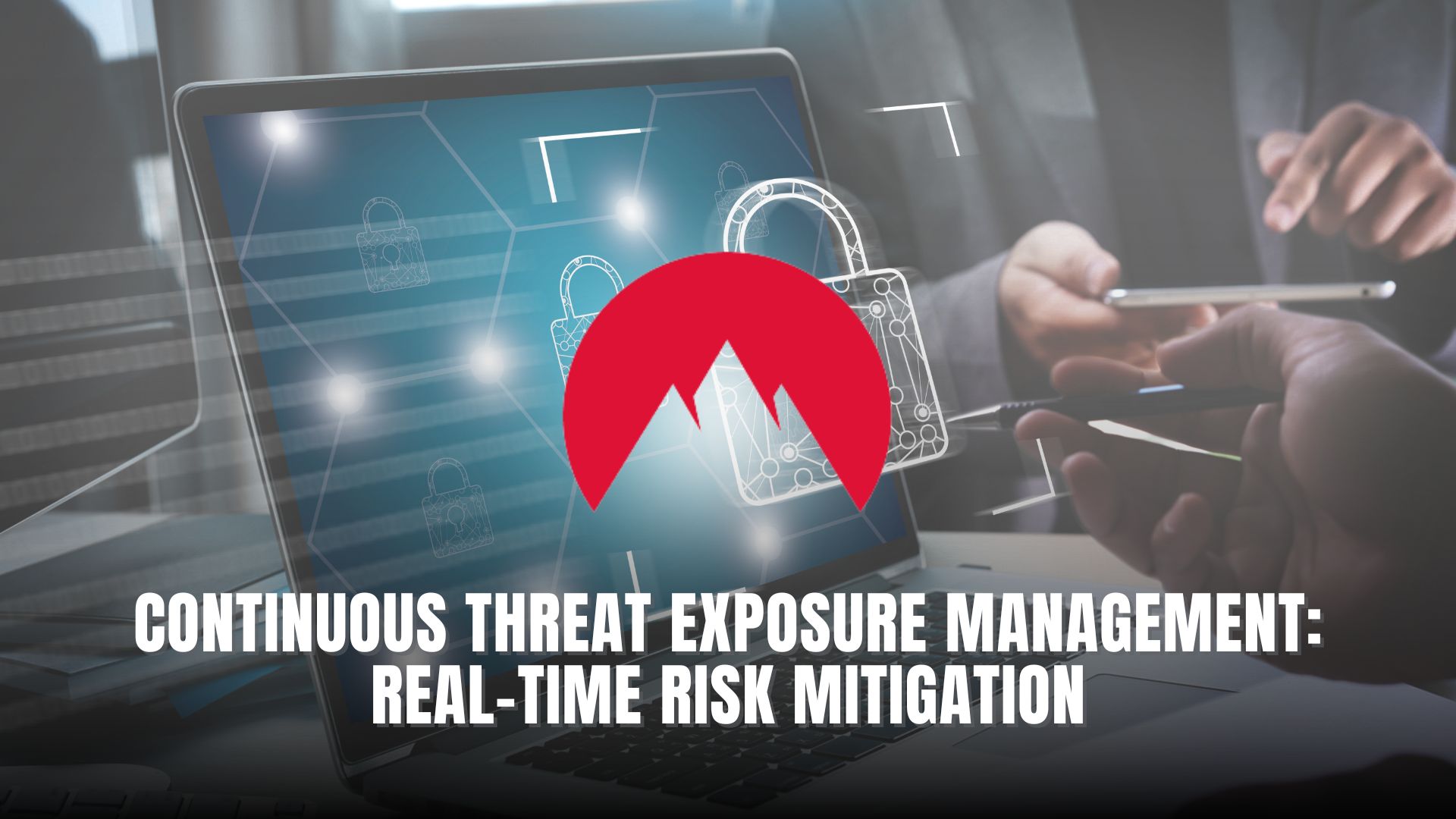Continuous Threat Exposure Management: Real-Time Risk Mitigation
- Expense Management Software Credit Cards Investing Business Solutions


Recently, organisations are more vulnerable than ever to sophisticated cyber threats. Continuous Threat Exposure Management (CTEM) has emerged as a critical approach to monitoring and mitigating these risks in real time, significantly reducing an organisation’s overall attack surface. By leveraging advanced threat intelligence tools and proactive security measures, CTEM ensures that businesses stay ahead of potential threats and maintain resilient cybersecurity frameworks.
Understanding Continuous Threat Exposure Management (CTEM)
CTEM involves continuously identifying, assessing, and mitigating emerging cyber risks to protect organisational assets. Traditional security models often rely on periodic assessments, leaving gaps that cybercriminals can exploit. CTEM, however, operates in real-time, providing ongoing protection and minimising vulnerabilities across systems, networks, and applications.
Key components of CTEM include:
- Real-Time Threat Detection: Constant monitoring of networks to detect vulnerabilities and suspicious activities.
- Risk Prioritisation: Analysing threats based on potential impact and likelihood of exploitation.
- Automated Remediation: Swift action to neutralise threats before they escalate.
- Continuous Monitoring: Ongoing evaluations to ensure systems remain secure against evolving risks.
Platforms like NordStellar offer comprehensive CTEM solutions that empower businesses to enhance their cybersecurity posture effectively.
The Role of Threat Intelligence in CTEM
Threat intelligence is the backbone of effective CTEM programs. It involves collecting, analysing, and applying information about current and emerging threats to pre-empt cyberattacks. Utilising advanced threat intelligence platforms helps organisations transform raw data into actionable insights, strengthening their security frameworks.
Critical aspects of threat intelligence include:
- Cyber Threat Feeds: Real-time data on global cyber threats.
- Threat Analysis Tools: Analytical software that evaluates the severity and relevance of risks.
- Open Source Threat Intelligence: Freely available data sources that supplement commercial intelligence.
- Threat Intelligence Vendors: Providers offering specialised solutions for in-depth cyber threat analysis.
Integrating reliable cyber threat intelligence tools into CTEM strategies ensures prompt detection and response to cyber risks.
How CTEM Minimises Cybersecurity Risks
Implementing CTEM allows organisations to address security vulnerabilities before they can be exploited. By automating threat detection and response processes, CTEM reduces human error and accelerates mitigation efforts.
The key benefits of CTEM include:
- Proactive Risk Mitigation: Early identification of vulnerabilities prevents exploitation.
- Improved Operational Efficiency: Automated tools free up resources for strategic tasks.
- Enhanced Compliance: Continuous monitoring ensures adherence to cybersecurity regulations.
- Reduced Downtime: Prompt remediation minimises disruptions caused by cyber incidents.
By adopting CTEM, businesses can align with industry best practices and bolster their defences. For more insights into managing cyber threats, explore NordStellar’s solutions.
Best Practices for Implementing CTEM
Successfully deploying CTEM requires a strategic approach and the integration of robust cybersecurity solutions. Consider the following best practices:
- Adopt a Threat Intelligence Platform: Use solutions that deliver real-time threat data for proactive defence.
- Prioritise High-Impact Threats: Focus on vulnerabilities that could cause the most damage.
- Automate Responses: Implement automated systems to respond instantly to detected threats.
- Regularly Update Systems: Keep software and security tools updated to patch known vulnerabilities.
- Engage with CTEM Vendors: Partner with reputable providers for expert support and advanced tools.
Businesses can streamline their CTEM adoption by comparing tools and services through platforms like Subscribed.FYI, which provides valuable insights into cybersecurity solutions.
Leading SaaS Tools for Threat Exposure Management
Selecting the right SaaS tools is essential for building a resilient CTEM program. Below are some leading cybersecurity solutions that support real-time risk mitigation:
- CrowdStrike Falcon – Advanced endpoint protection and real-time threat detection.
Explore CrowdStrike Falcon - Palo Alto Networks Cortex XDR – Unified detection and response for comprehensive threat management.
Visit Cortex XDR - Tenable.io – Cloud-based vulnerability management and continuous risk assessment.
Learn more about Tenable.io - IBM QRadar – Intelligent security analytics for real-time threat detection.
Check IBM QRadar - Splunk Enterprise Security – Data-driven threat intelligence and security monitoring.
Discover Splunk - Rapid7 InsightVM – Automated vulnerability assessment and prioritisation.
Learn about Rapid7 - ThreatConnect – Threat intelligence platform for proactive security operations.
Explore ThreatConnect
These solutions offer comprehensive tools for continuous threat exposure management, empowering businesses to maintain strong cybersecurity postures.
Streamlining Cybersecurity with Subscribed.FYI
Navigating the vast landscape of cybersecurity tools can be overwhelming, especially for small teams and freelancers. This is where Subscribed.FYI becomes invaluable. It simplifies the process of discovering, comparing, and managing SaaS tools tailored for cybersecurity.
Key advantages of using Subscribed.FYI include:
- Access to Exclusive Deals: Unlock special discounts on leading threat intelligence and CTEM solutions through Subscribed.FYI Deals.
- Centralised Tool Management: Keep track of all cybersecurity subscriptions in one place, reducing operational complexity.
- Informed Decision-Making: Compare features, pricing, and reviews of various threat intelligence platforms to select the best fit for your business.
- Budget Optimisation: Save costs by managing subscriptions efficiently and eliminating redundant tools.
By leveraging Subscribed.FYI, organisations can optimise their cybersecurity investments and ensure they are equipped with the best tools for real-time risk mitigation.





